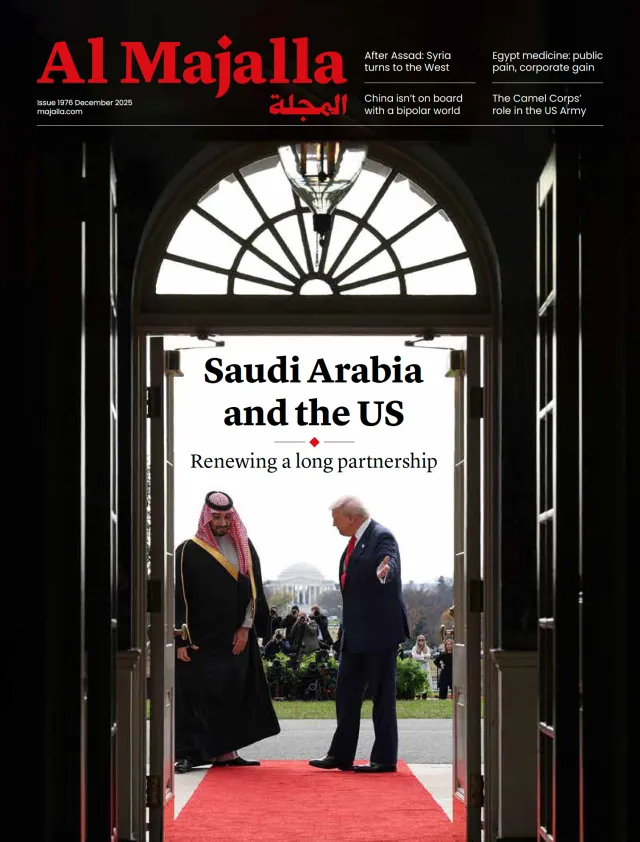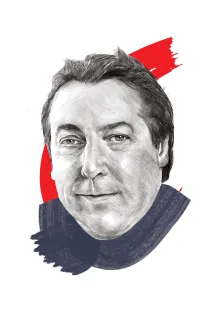Just when it seemed that US President Donald Trump had lost interest in the Ukraine conflict, a new peace plan has emerged that might bring hostilities to an end. Trump’s enthusiasm for ending the Ukraine conflict seemed to have waned following his failed initiative to persuade Russian President Vladimir Putin to accept his ceasefire offer.
After agreeing to meet Putin at a hastily arranged summit in Alaska in August, as well as having several lengthy telephone conversations with the Russian leader, Trump reluctantly concluded that, despite all his assertions to the contrary, Russia’s president was more interested in maintaining his military campaign in Ukraine than ending the conflict. This led Trump to cancel a planned summit in Budapest after the White House concluded that Moscow was in no mood to make any meaningful concessions.
Addressing reporters in the Oval Office after cancelling the meeting, Trump remarked, "I don't want to have a wasted meeting. I don't want to have a waste of time, so I'll see what happens."
The main sticking point in efforts to arrange the Budapest summit was said to be Russia's hardline demands regarding Ukraine. Moscow's unwillingness to compromise emerged following a tense call between US Secretary of State Marco Rubio and his Russian counterpart, Sergei Lavrov.
The discussion took place after the Russian foreign ministry sent a memo to Washington setting out what Putin refers to as the “root causes” of his decision to invade Ukraine in February 2022. In addition, the Russians demanded territorial concessions, a steep reduction of Ukraine’s armed forces and guarantees that Kyiv will never join the NATO alliance.
The Russian position was contrary to Trump’s view that any ceasefire should be implemented on the current lines, and the Budapest meeting was cancelled after Rubio told Trump that Moscow was showing no willingness to negotiate.
Trump’s decision to abandon the Budapest summit prompted speculation that he had lost interest in trying to resolve the Ukraine conflict, and would instead concentrate his energies on the Middle East, where he has played a prominent role in implementing the Gaza ceasefire.





